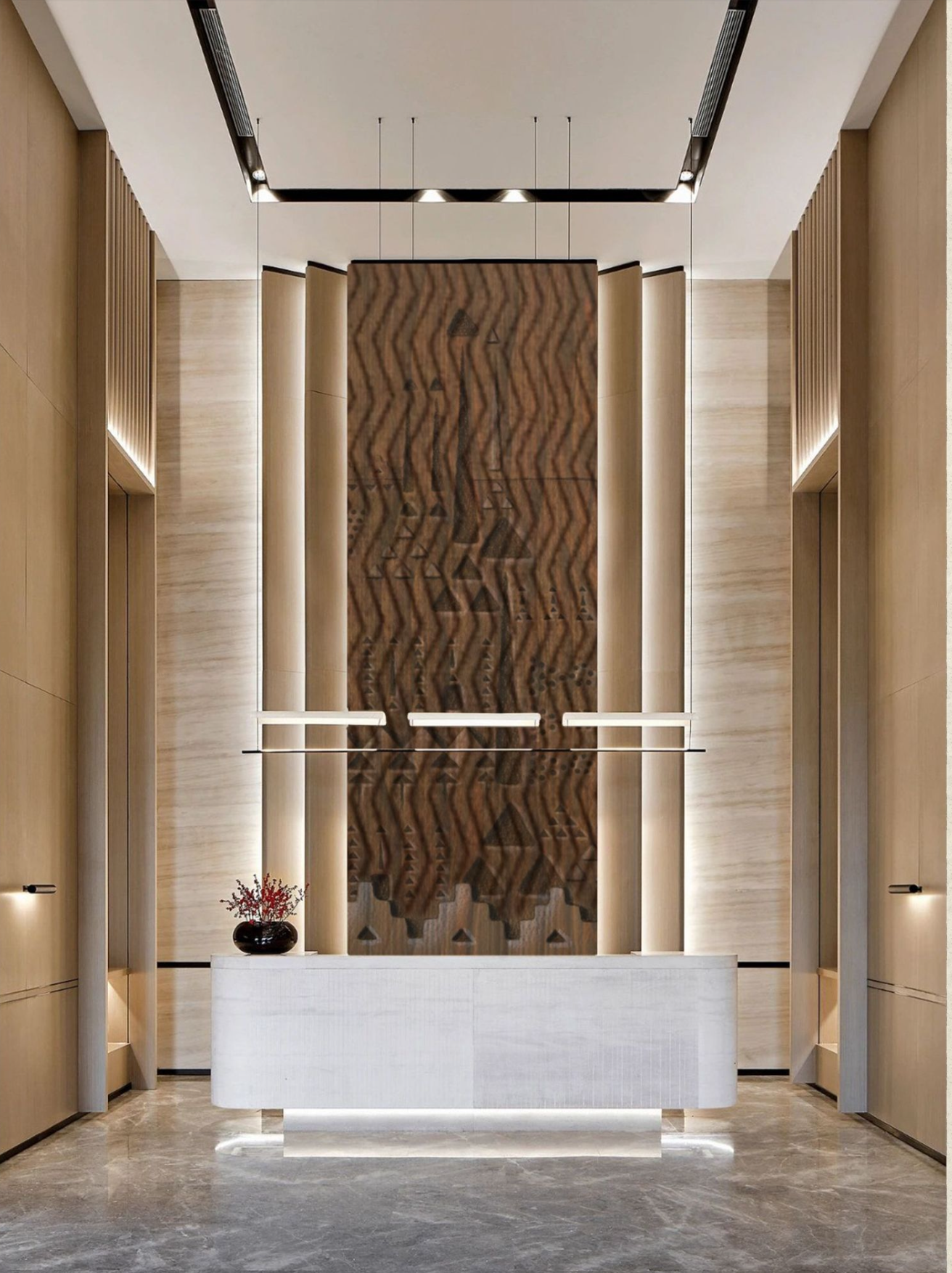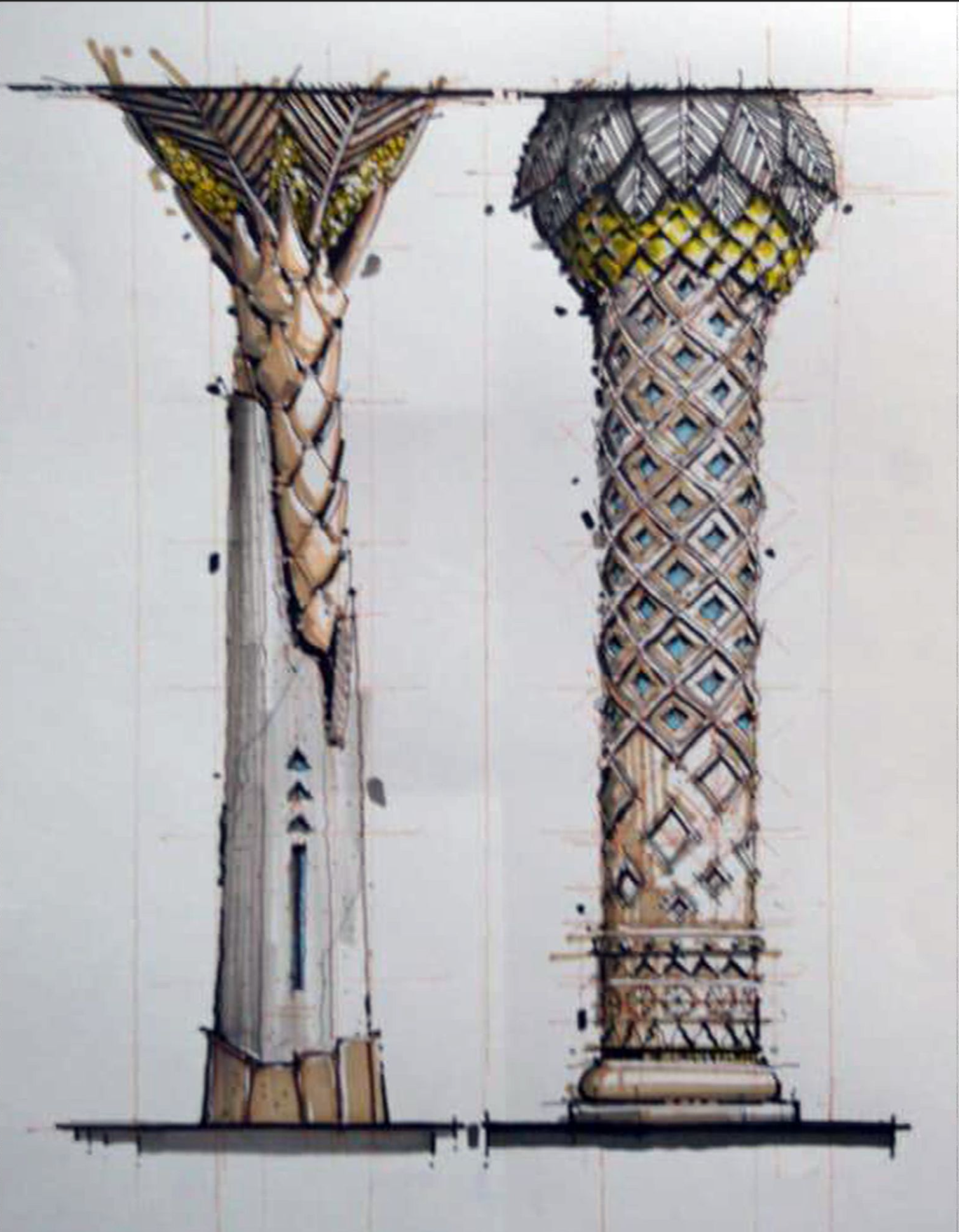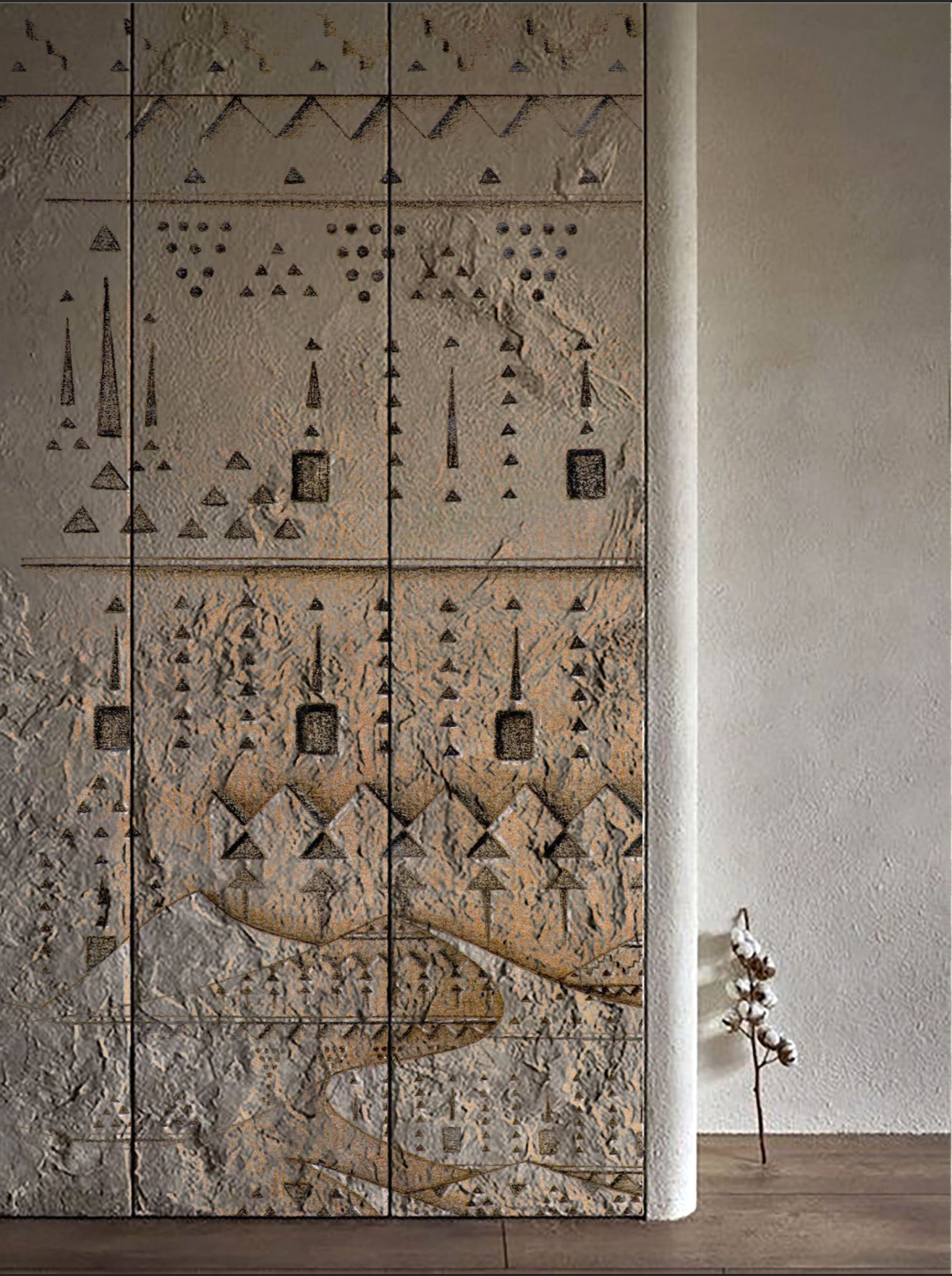Pioneering
Almuharb
Art
www.almuharb.com

Najdi architecture is one of the most remarkable and ancient forms of architecture in Saudi Arabia, representing a significant part of the region's history and cultural richness. With its distinctive designs that blend practical beauty and cultural symbolism, Najdi architecture has inspired architects worldwide with its unique style, reflecting adaptation to the environment and climate while expressing the culture of its people. Let’s explore how Najdi architecture has influenced global designers and impacted modern designs across the world.
Sustainable Environmental Design
Najdi architecture is a model of environmental sustainability, a principle that has gained significant attention in modern times. This architecture relies on the use of natural local materials such as mud, stone, and wood, which reduces the need for imported resources and minimizes the environmental footprint. Additionally, the flat roofs in traditional Najdi buildings, used for water storage, allow for optimal use of available natural resources.
Najdi homes, with their thick walls, maintain a comfortable internal temperature during the scorching summer and cold winter in Najd, directly influencing modern sustainability concepts in architecture. Global designers have drawn inspiration from this remarkable environmental model, adopting modern techniques focused on climate adaptation through the use of sustainable materials and reducing energy consumption.
Attention to Decorative Details
One of the most prominent features of Najdi architecture is the exquisite decorative details that adorn homes and buildings. Wooden ornaments that decorate windows, such as "mashrabiya" and intricate geometric patterns on walls, carry deep cultural symbolism and showcase high craftsmanship. These aesthetic details have had a significant impact on architects worldwide, who have begun incorporating traditional decorative elements into contemporary architectural designs.
Contemporary designers have started using aesthetic patterns inspired by Najdi architecture in the facades of modern buildings, especially in societies looking to merge cultural heritage with modernity. By integrating both simple and complex geometric patterns, they have added a distinctive artistic touch that blends modernity with tradition.
Spatial Organization and Environmental Adaptation
One of the most prominent features of Najdi architecture is its effective spatial organization, which aligns with the unique characteristics of the region's environment. For example, Najdi homes are designed to ensure good ventilation while maintaining privacy, which is crucial in a desert environment.
The typical architectural style includes small openings and high walls that block the hot sand winds, with internal courtyards encouraging social interaction. This spatial organization has inspired many architects to incorporate similar solutions in their contemporary building designs, ensuring respect for privacy while achieving smooth movement between interior and exterior spaces.
Use of Open Spaces
Najdi architecture is known for integrating open spaces as a central part of its design. Internal courtyards (called "hush") serve as social centers, reflecting the importance of social interaction in Najdi culture. Moreover, the courtyard provides essential space for natural ventilation in the hot environment.
Global designers have been influenced by this idea and have started incorporating open spaces and courtyards into their modern architectural projects. By using these spaces, interaction among people is encouraged, in addition to enhancing ventilation and lighting in buildings.
Najdi Architecture and Its Impact on Contemporary Art and Architecture
In the last two decades, architects worldwide have started incorporating many elements inspired by Najdi architecture into their modern architectural projects. For example, integrating natural lighting techniques, designs focused on good ventilation, and reducing energy consumption in commercial and residential buildings. One of the most prominent examples of this is the integration of flat roofs that mimic traditional Najdi architecture into modern buildings.
Najdi architecture has become a source of inspiration for architects in many countries, especially highlighted in international architectural exhibitions such as the Venice Biennale and Expo 2020 Dubai, where projects blending Saudi heritage with modernity were showcased, such as works by architect Ibrahim Al-Muharb, who combines Najdi architectural art with modern architectural styles.
Conclusion
Najdi architecture is not just a reflection of the past but an ongoing source of inspiration for designers around the world. Through its distinct use of natural materials, sustainable environmental design, attention to decorative details, and innovative spatial organization, Najdi architecture has profoundly impacted contemporary architectural arts. The creation of a modern style that respects traditions and reflects the spirit of Najdi culture has become one of the leading architectural trends globally today.


Similar Publications:


